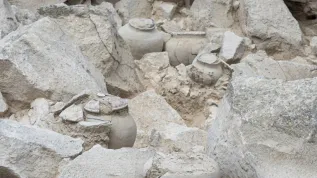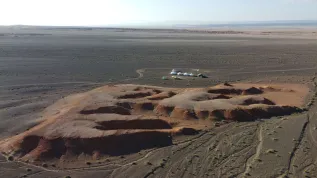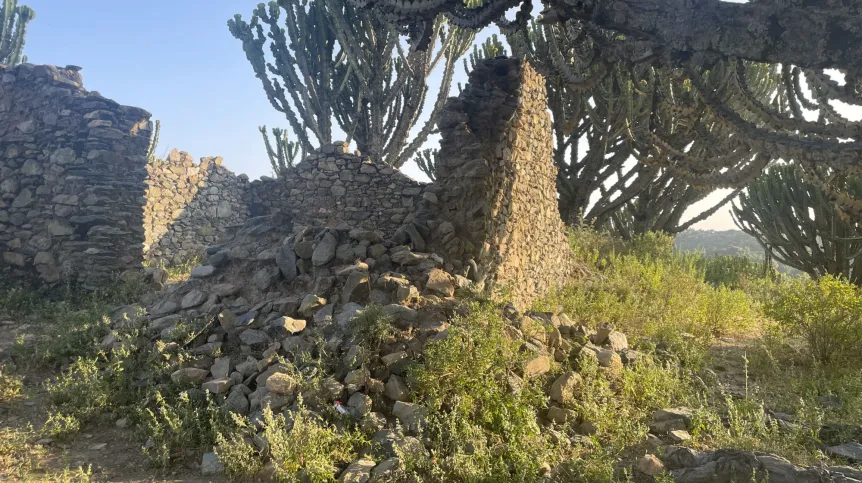
After a years-long hiatus, scientists from the University of Warsaw have resumed archaeological and ethnographic research in Ethiopia’s Tigray region, an area considered the cradle of the Ethiopian state.
The work focuses on the ancient settlement of Negash, a site closely tied to both early Christianity and the emergence of Islam.
Led by Dr. Zuzanna Augustyniak, an Ethiopianist and ethnographer, and Prof. Kamil Kuraszkiewicz, an Egyptologist and archaeologist, the interdisciplinary team from the University of Warsaw is working in collaboration with researchers from universities in Mekelle, Axum, and Adigrat.
“For the ancient Egyptians, this was the semi-legendary land of milk and honey, Punt,” Prof. Kuraszkiewicz told the Polish Press Agency (PAP).
Initial findings suggest the presence of a 7th-century CE settlement in Negash, including a mosque, residential structures, and a cemetery. According to researchers, these remnants likely mark the earliest Muslim presence in the region.
Negash holds a unique place in religious history. In the early days of Islam, the Prophet Muhammad encouraged a group of his followers to flee persecution in Mecca by seeking refuge in Axum — then a Christian kingdom.
According to tradition, they were welcomed by King Al-Najashi, known for his tolerance.
“Two narratives dominate the stories about Ethiopia: that it was the only uncolonised country in Africa and the only one in the Horn of Africa without Christian-Muslim conflict,” said Dr. Augustyniak.

“My ethnographic research will focus on the oral tradition of the Aksumite ruler welcoming Muslim refugees, which is meant to demonstrate religious tolerance in the country and mark the beginning of peaceful relations between the followers of the two religions. An interesting aspect of these stories is the contradictory information as to whether Al-Najashi converted to Islam,” she added.
Researchers say preliminary ethnographic work conducted in 2023 revealed that the remains of the original settlement lie beyond the boundaries of today’s village, now located in farmland. The next stage involves clearing undergrowth, mapping the area, and launching archaeological excavations.
“We found the remains of several large, probably residential structures, and the old part of the cemetery is also extremely interesting. However, all these sites are neglected and overgrown with bushes,” said Kuraszkiewicz.
“The next step will be to clear the ruins of the undergrowth and map the area. We are also planning excavations, but it remains to be seen how extensive the area will be.”
Beyond ruins and artefacts, researchers are interested in how local communities perceive their history. An ethnographic “walk” with residents of Negash is planned to better understand how the settlement’s symbolic space is used today.
“Residents know the area where they live better than anyone else,” said Kuraszkiewicz, “so they can point to invisible traces of the past.”
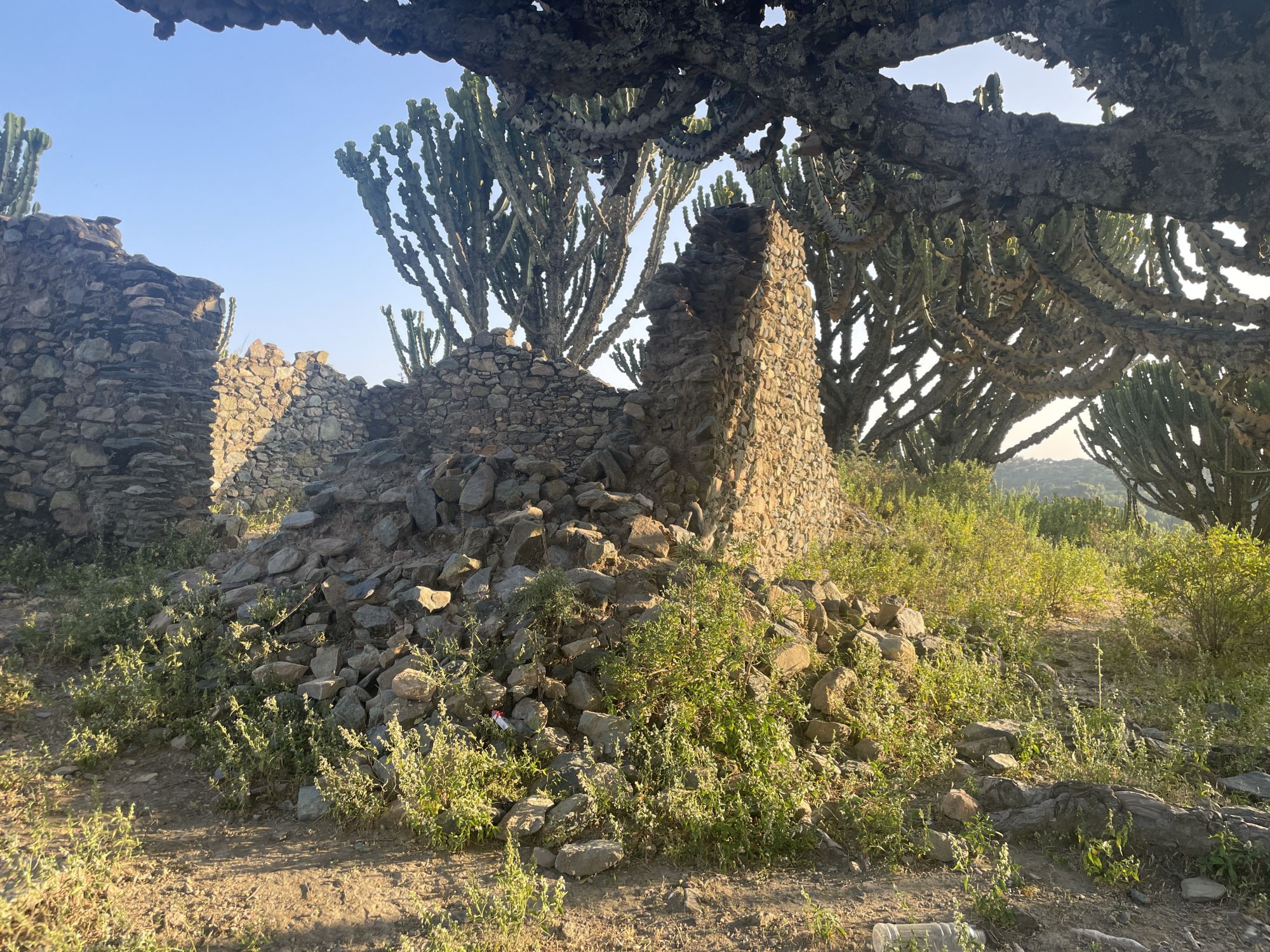
Augustyniak added that the response from the local community has been very positive.
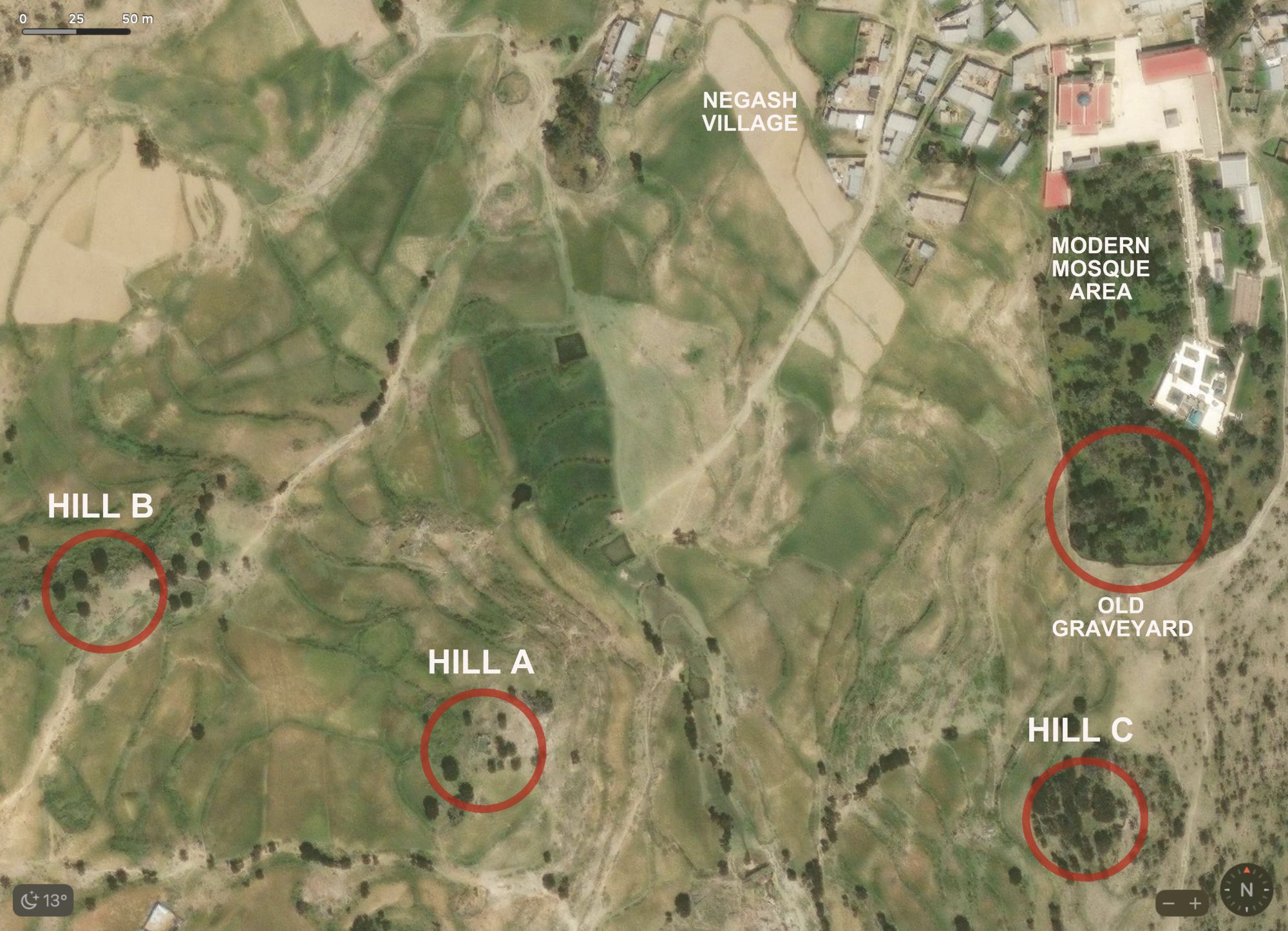
“The war in Tigray ended in 2022, and the Tigrayans' deep need to rebuild their region is evident. In some way, our initiative can help them cope with the post-war trauma,” she said.
The region’s significance has historically been overlooked by both Ethiopian and international scholars, due in part to past political policies. Emperors Menelik II and Haile Selassie promoted an “Amharization” policy that focused research and cultural attention primarily on the central, Amharic-speaking areas of Ethiopia.
“It was only in the 1990s that global Ethiopian research began to more thoroughly include other ethnic groups (of which there are over 80), among them the Tigraians, who constitute only 6% of Ethiopian society,” Augustyniak explained.
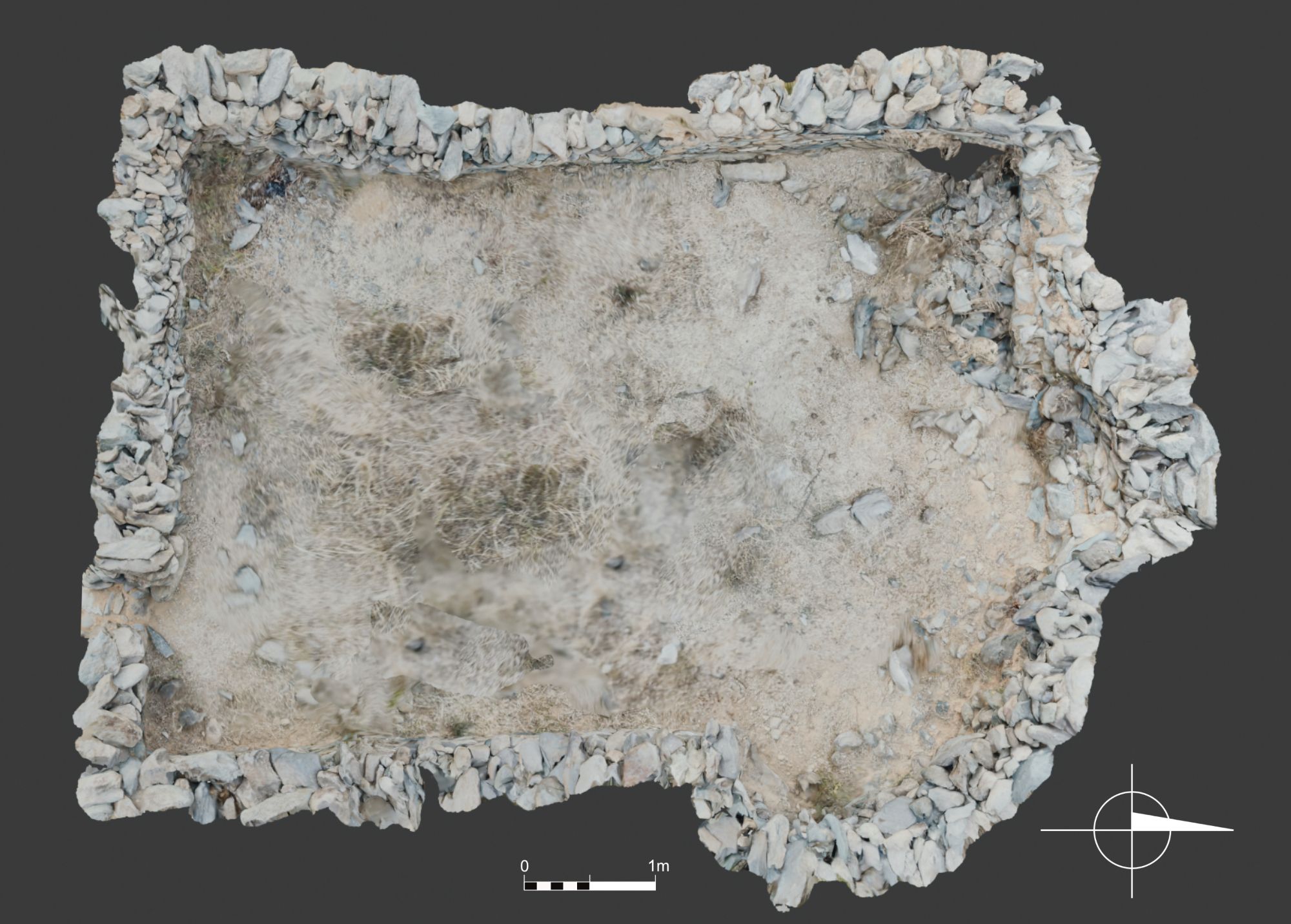
Polish archaeological interest in Tigray began in 2019, when researchers from the Polish Centre of Mediterranean Archaeology launched a field project. However, the work was suspended due to the COVID-19 pandemic.
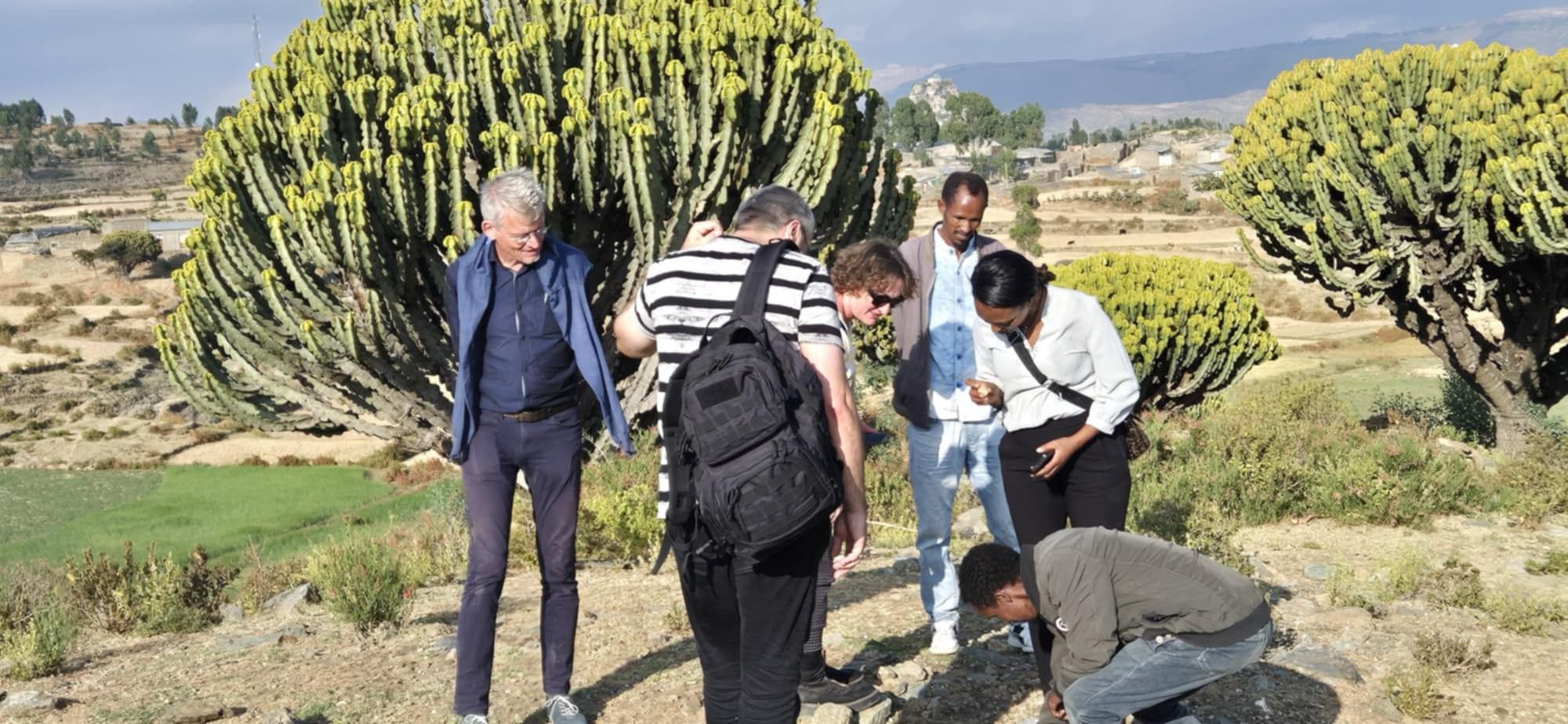
The current project, launched under the University of Warsaw’s Excellence Initiative Research University programme, distinguishes itself by combining ethnography, archaeology, and memory studies, while involving Ethiopian scholars and the local community in every step. (PAP)
ekr/ zan/

